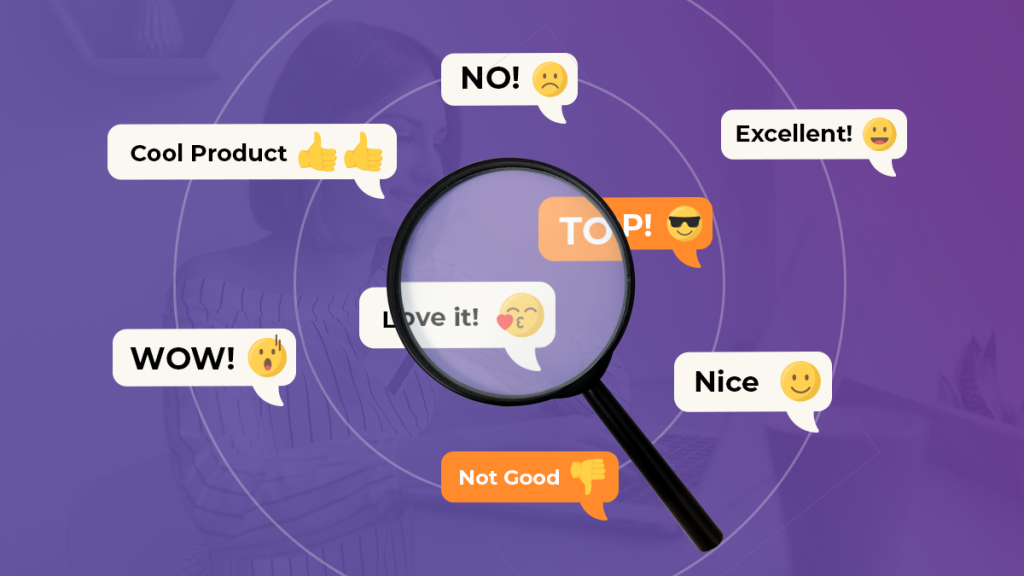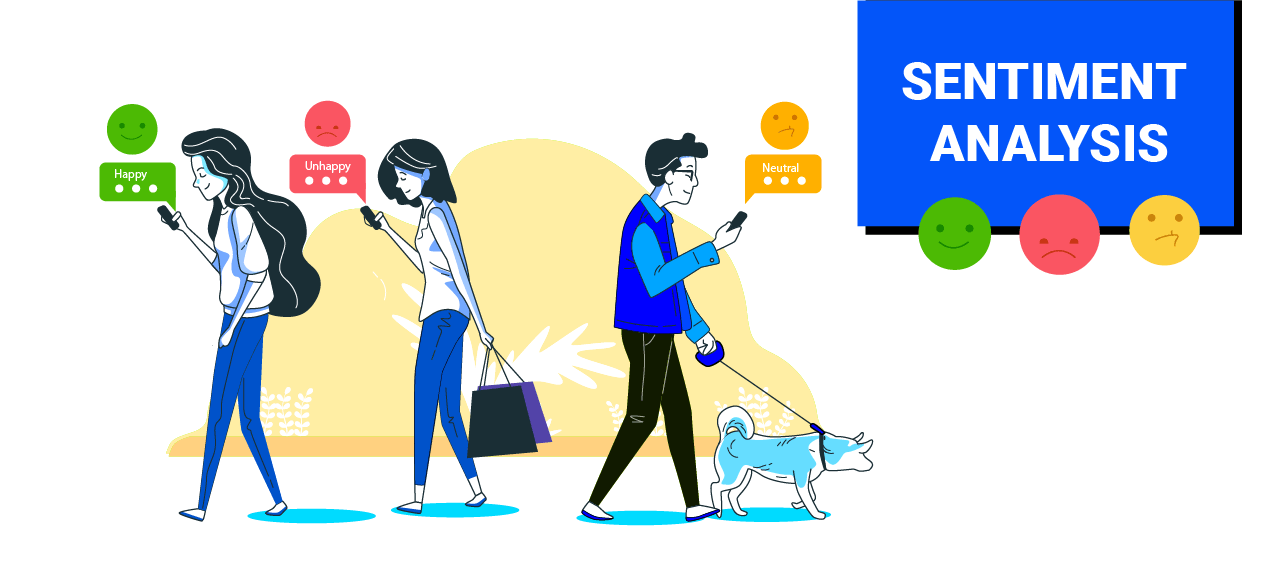In today’s digitally-driven world, where information flows abundantly through social media, reviews, and communication platforms, understanding the emotions behind the words has become crucial. This is where sentiment analysis steps in – a powerful tool that allows us to decipher the underlying sentiments and emotions in textual data. In this article, we’ll delve into the depths of what’s sentiment analysis, exploring its significance, methodologies, applications, and challenges.
What’s Sentiment Analysis?

At its core, sentiment analysis involves determining whether a given piece of text conveys a positive, negative, or neutral sentiment. This enables businesses, individuals, and organizations to gain insights into how people perceive their products, services, or ideas.
Why is Sentiment Analysis Important?
Understanding sentiment goes beyond merely knowing how people feel. It can influence decision-making, product development, and even public policies. For instance, businesses can adapt their strategies based on customer feedback, and political analysts can gauge public opinions during elections.
How Does Sentiment Analysis Work?
Sentiment analysis employs a combination of linguistic and machine learning techniques to decipher the sentiment in text. It involves analyzing the words used, their context, and even the grammatical structure to infer the emotional tone.
Methods of Sentiment Analytics
There are three primary approaches to performing sentiment analysis:
1. Rule-Based Approaches
These approaches involve creating a set of rules that assign sentiment scores to words. The overall sentiment of the text is determined by aggregating these scores.
2. Automatic Approaches
Automatic approaches utilize machine learning algorithms to learn from labeled data. They can identify sentiment nuances and adapt to varying contexts.
3. Hybrid Approaches
Hybrid approaches combine rule-based methods with machine learning techniques, offering a more comprehensive understanding of sentiment.
Steps to Perform Sentiment Analysis
- Text Preprocessing: Removing noise, special characters, and converting text to lowercase.
- Sentiment Classification: Assigning sentiments based on the words’ sentiment scores or using machine learning models.
Sentiment Analytics Applications
1. Business and Marketing
Sentiment analysis helps businesses monitor customer feedback, adapt marketing strategies, and improve products and services based on public sentiment.
2. Customer Feedback
Analyzing customer reviews and feedback allows companies to identify areas of improvement and enhance customer satisfaction.
3. Social Media Monitoring
Businesses and brands can track mentions on social media platforms in real time, gauging public opinions and addressing concerns promptly.
4. Political Analysis
Sentiment analysis assists political analysts in understanding public reactions to policies and predicting electoral outcomes.
Challenges
While sentiment analytics is powerful, it faces challenges such as:
1. Context and Sarcasm
Understanding context and detecting sarcasm or irony in text can be complex for machines.
2. Language Variations
Different languages express sentiments differently, making cross-lingual analysis a challenge.
3. Domain Specificity
Sentiment analytics models trained in one domain may not perform as accurately in another due to domain-specific language use.
Future Trends
The field of sentiment analytics continues to evolve. Future trends include more accurate contextual understanding, emotion detection, and improved handling of multilingual data.
The Human Touch
Despite advancements in AI, human validation and contextual understanding remain vital for accurate sentiment analytics.
Conclusion
Sentiment analytics bridges the gap between human emotions and the digital realm. By deciphering sentiments in text, we gain insights into opinions, desires, and concerns. From shaping business strategies to understanding public sentiment in politics, this technology revolutionizes decision-making.
To experience the power of sentiment analysis firsthand, request a demo from AIM Technologies. Unlock the potential of understanding emotions in text like never before.




